Drosera rotundifolia
Carnivorous plant of peat bogs
Drosera rotundifolia roundleaf sundew
The flowers of this native, perennial species are not as spectacular or colorful as the leaves. These leaves are found in a rosette at the base of the plant. Each leaf is small and round—about 0.75 inches across. They are on slender stalks and are covered with reddish glandular hairs that secrete a sticky liquid that forms what appear to be dewdrops. The red color and the sugary liquid attract small insects. The sticky liquid traps these insects and the tentacles then curve inwards further trapping the insect. The carnivorous plant then secretes enzymes to digest insects for their mineral content - primarily nitrogen from proteins. This makes up for the poor level of nutrient minerals found in their habitat. The leaves are also photosynthetic like other plants.
The flowers are white or pink and form in a one-sided cluster. The flowers have 5 petals and are ⅓ to ¼ inch in diameter. They open one at a time. The plant grows 4-11 inches high and is found in acidic or peaty bogs throughout northern North America (south in the mountains) as well as northern Europe and Asia. The blooming period is June to August. During winter the plant forms a hibernaculum to survive the cold conditions. This consists of a bud of tightly curled leaves at ground level. This species is also called the common sundew. The plant can be cultivated indoors but needs a long period of winter dormancy to survive.
Habitat & Range
Occasional in sphagnum bogs and wet peaty soils.
Present throughout the state.
Range: Native to North American and Eurasia, grows from Newfoundland to Alaska, south to Florida, Illinois, Montana and California.
| EMP: | OBL |
|---|---|
| NCNE: | OBL |
Phenology
Flowers late June through August.
Characteristics
Flowers pinkish-white, in elongated clusters at the ends of stems; 2 to 25 flowers per cluster
Leaves basal in a rosette; round, dish-shaped (suborbicular), long-stalked;
Stems leafless, 2 to 11 inches long
Height 11 inches
Plant Codes
S-rank: No Rank
G-rank: G5 (Secure)
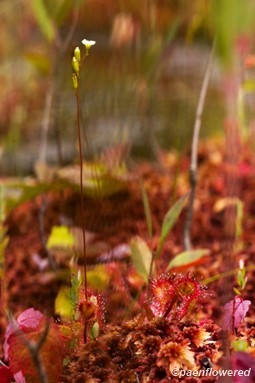
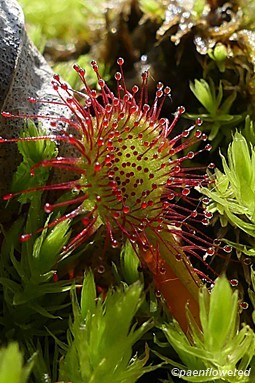


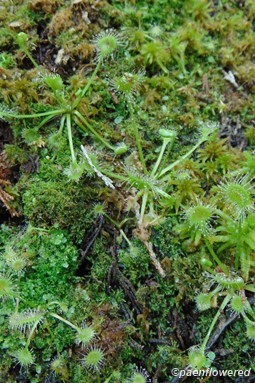


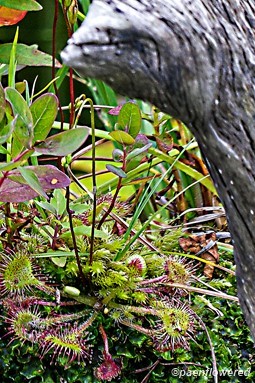

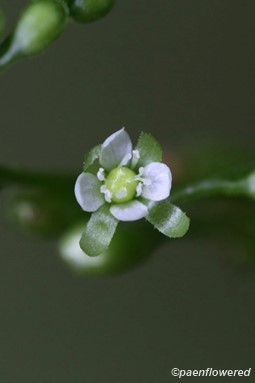



Comments
Have you spotted this plant in your area? We'd love to hear about your experience! Share your comments or questions about the plant below. Comments are moderated before posting.